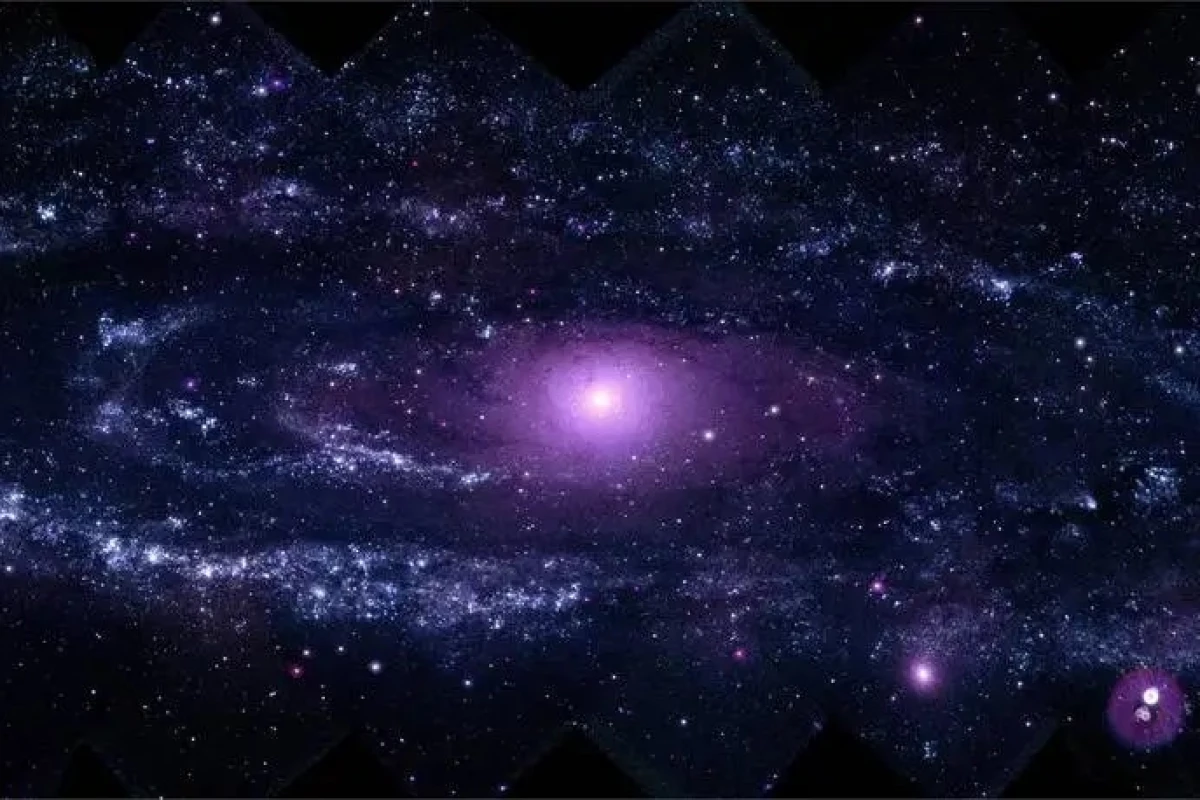NASA has officially selected a new mission – the Ultraviolet Explorer, or UVEX. By scanning the skies in UV light, it will be able to study the hottest objects and fleeting events like supernovae, complementing existing and upcoming telescopes watching in optical and infrared light to create a multi-wavelength map of the cosmos.
Ultraviolet is kind of an overlooked part of the light spectrum, when it comes to telescopes – most tend to focus on visible and infrared wavelengths, which arguably have more to see. After all, most stars aren’t very visible in ultraviolet, but that doesn’t mean there’s nothing out there. The hottest objects radiate UV light, including stars near the beginning and end of their lives, as well as energetic events like supernovae and collisions between neutron stars.
As such, UVEX has three major goals: First, it will conduct an all-sky survey in both near- and far-ultraviolet light, creating a UV map that’s far deeper and more detailed than existing ones, thanks to its instruments being 50 to 100 times more sensitive than those on the Galaxy Explorer (GALEX), its predecessor which operated between 2003 and 2013.
Second, UVEX will excel at picking out stars and galaxies that are hot, but low in mass and metals, a class that’s hard to detect in other kinds of light. And finally, it will be able to swivel at short notice to investigate transient events, like stars collapsing and triggering supernovae, or pointed towards the sources of gravitational wave signals to see if there are any UV flashes.
UVEX has been in the works for years, but has now been selected by NASA for its Explorers Program, beating out other proposals like the X-ray-focused STAR-X. UVEX is expected to launch in 2030 and run for a two-year mission, with a price tag of about US$300 million plus launch costs.
Once it’s up and running, UVEX would provide a unique view of the universe, working in conjunction with the recently launched Euclid and James Webb Space Telescope, as well as the upcoming Vera C. Rubin Observatory and the Nancy Grace Roman Space Telescope, all of which observe in a mix of visible and infrared light.




